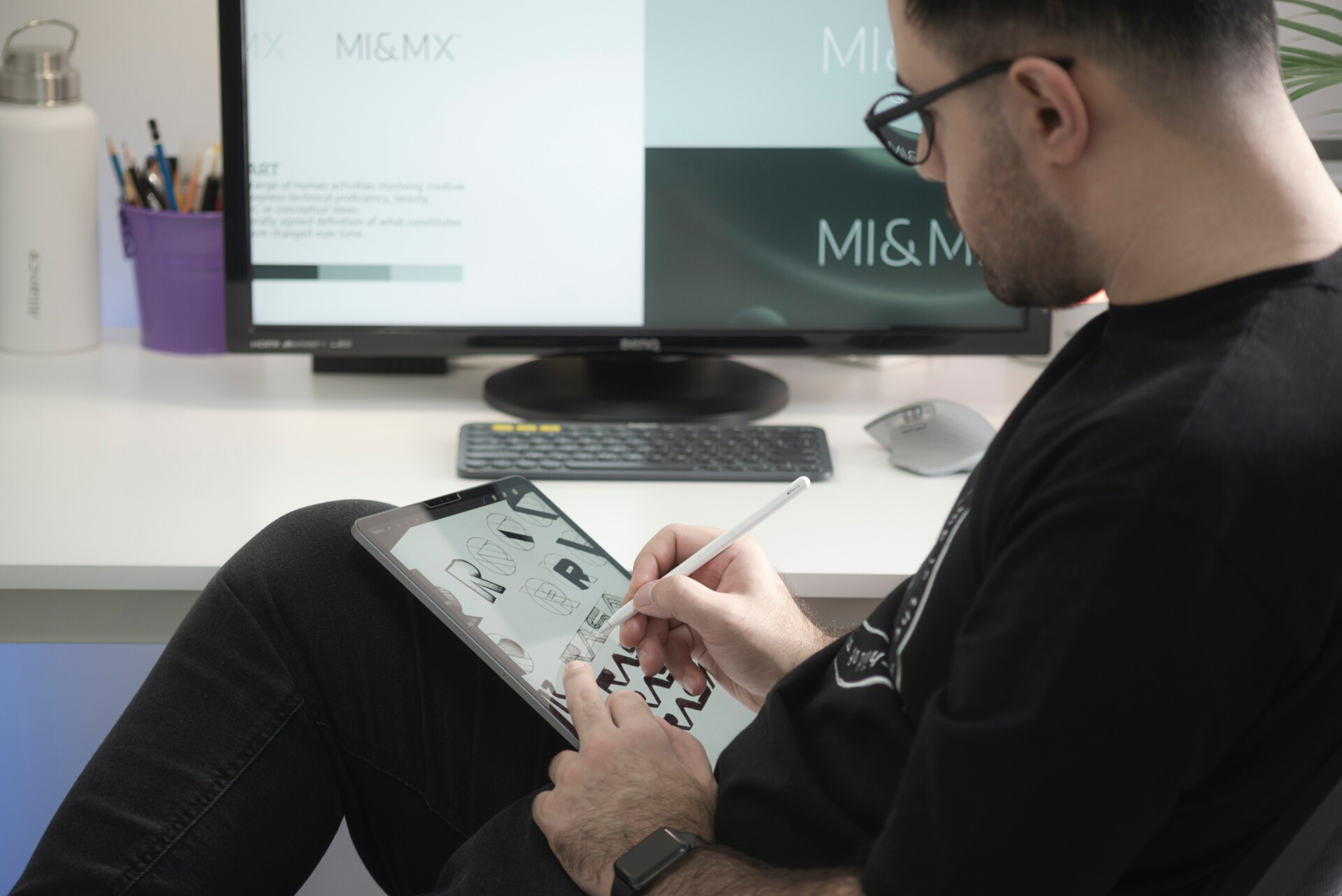A brand personality is a set of human characteristics that are associated with a brand. It helps customers connect with the brand on an emotional level, and can be used to differentiate a brand from its competitors.
Having a strong brand personality can be beneficial for businesses in several ways. Firstly, it can help to establish a connection with customers and create a sense of loyalty to the brand. When customers feel a personal connection to a brand, they are more likely to make repeat purchases and recommend the brand to others.
Second, brand personality can also help to make the brand more memorable. By creating a distinct and consistent image, businesses can make it easier for customers to recall their brand when they need to make a purchase.
Next, a brand personality allows a business to communicate its unique value proposition in an authentic and relatable way, making it more impactful to a wider audience. The connection between brand personality and customer loyalty and purchase intention are well established in the literature.
Having a strong brand personality can help businesses to establish a connection with their customers, build brand loyalty, and increase sales.
Run through key points in building a brand personality.
Explore adjectives
Here is a list of adjectives that could be used to describe a brand's personality, based on the characteristics that the brand may want to convey:
- Innovative
- Trustworthy
- High quality
- Professional
- Honest
- Unique
- Personal
- Caring
- Responsive
- Reliable
- Dynamic
- Energetic
- Fun
- Approachable
- Modern
- User-friendly
- Supportive
- Transparent
It's important to note that the adjectives chosen will depend on the specific brand and the image it wants to project. The list above is a starting point, and it's essential to keep in mind the brand's target audience and the industry it operates in, to ensure the adjectives chosen to align with the brand's values and resonate with its customer base.
Know your audience
Creating a customer avatar, also known as a buyer persona, is an effective way to identify and understand your ideal customer. It involves creating a fictional representation of your ideal customer based on demographics, behavior patterns, motivations, and goals. This information can then be used to inform marketing and business decisions.
Here are some steps you can take to create a customer avatar:
- Research
Gather information about your current customers through surveys, interviews, and online analytics. Look for patterns and common characteristics that can help you identify who your ideal customer is.
- Identify demographics
Determine the age, gender, income, education level, and occupation of your ideal customer.
- Understand behavior patterns
What are the customer's habits, and how do they prefer to shop? Are they technology-savvy, or do they prefer face-to-face interactions?
- Motivations and goals
What are the customer's pain points, and what do they hope to achieve by using your product or service?
- Characterize
Give your avatar a name, a background, and a picture.
- Validate
Verify that your persona aligns with your current and potential customer's characteristics, and make adjustments as needed.
By creating a detailed customer avatar, you can get a better understanding of who your ideal customer is and tailor your branding, messaging, and marketing to better connect with them. It can also help you to focus on the customer segment which is most profitable, so you don't waste time, money, and resources targeting the wrong audience.
Set your tone
Having a consistent tone across all of your communications is crucial for building a strong brand identity. The tone you choose should reflect your brand personality and resonate with your target audience.
To set the tone for your brand, consider the following:
- Identify the main emotions you want your brand to evoke. Are you aiming for a fun, upbeat tone, or a more professional, serious one?
- Think about the words and phrases that align with the emotions you've identified. Use these words consistently in your copy.
- Be mindful of the medium you're using to communicate. For example, the tone on social media will likely be different than the tone in a formal business proposal. But it should still align with your brand's personality.
- Write in a way that's easy for your audience to understand. If you're writing for a technical audience, use industry-specific terms, while if you're writing for a general audience, avoid them.
- Have consistency across your branding materials and channels. Your tone should be reflected in your website, brochures, ads, email, social media, and customer service interactions.
By staying consistent with your tone, you will help to create a stronger connection with your target audience and communicate that you understand their needs and preferences. Consistency in tone will also help to build trust, as customers will come to know what to expect from your brand, and it will be more memorable for them.
Get Visual
Visual elements are an important aspect of branding because they can be quickly and easily recognized by your audience and can create a strong emotional connection with them. They help to reinforce and strengthen the brand personality you've established through your words and tone.
Here are a few tips for using visuals to enhance your brand personality:
- Color
Color can have a powerful impact on how your brand is perceived, as different colors can evoke different emotions. Choose colors that align with your brand personality and target audience.
- Typography
The typeface you choose can also affect how your brand is perceived. Select typefaces that are legible, easy to read, and appropriate for your brand.
- Logos and icons
Your logo is the centerpiece of your visual branding, it needs to be simple, unique, and recognizable.
- Imagery
The images you use on your website, social media, and other materials should align with your brand personality and target audience. The use of images can also help you create a sense of emotion and connection with your audience.
- Web design
Your website design also plays a crucial role in how your audience perceives your brand. The layout, navigation, and overall user experience should be easy to use, visually appealing and consistent with your brand personality.
- Motion and sound
Moving graphics, animations and sound can also be used to add an extra layer of engagement with the audience, and reinforce the brand personality in a dynamic and memorable way.
Overall, by being mindful of the visual elements you use, you can create a strong emotional connection with your audience, and reinforce the brand personality you've established through your words and tone.
So important to keep in mind that these are just guidelines, and you should always consult a professional graphic designer or web designer for help in creating your visual branding.



